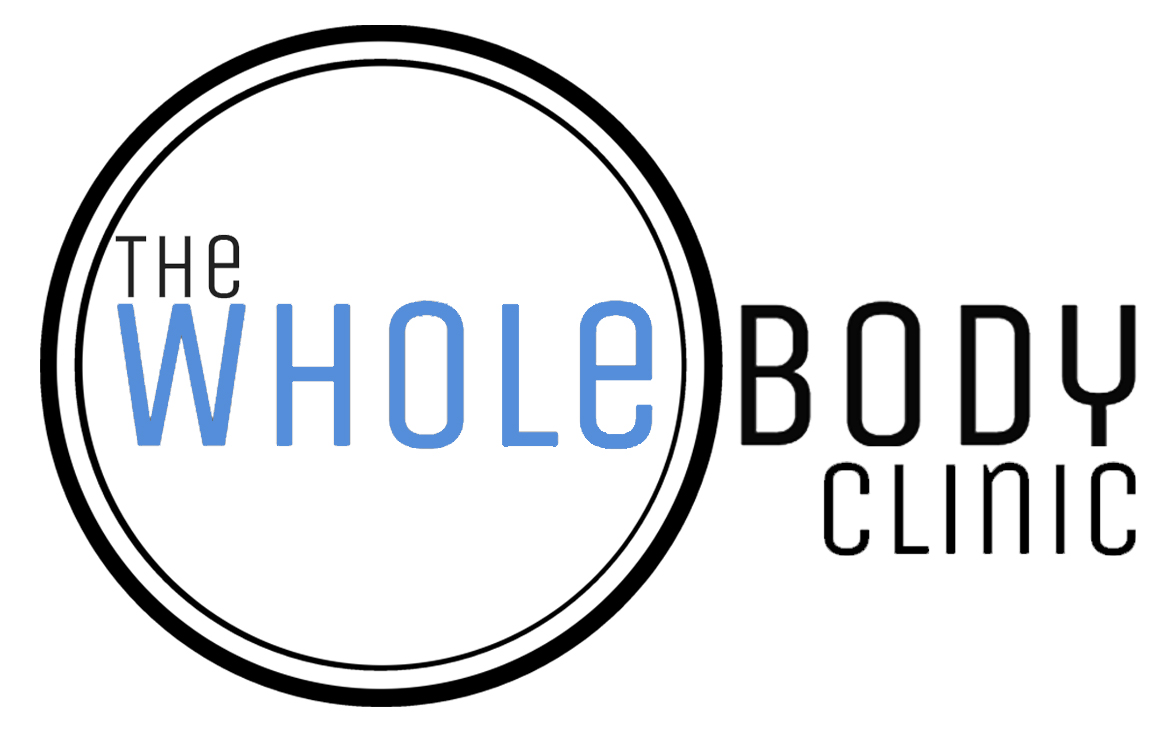Common Causes and Symptoms of Migraines
Migraines can be horrible to experience, so it may be useful to know what to look for in terms of causes and symptoms to try and manage them in the best way possible.
What causes migraines is not clear yet, but there are various reasons why migraines may occur in an individual. These can differ from person to person, which demonstrates the complexity of migraines. Severe head pain is generally the central issue of migraines, but rather than being purely a headache, a migraine is a disorder that incorporates a varied list of potential symptoms. This often means that migraines interfere with life significantly, especially as these symptoms are often not brief.
Identifying factors that may result in a migraine for you and being aware of your symptoms can be useful in treatment and management. Learn more about what causes migraines and migraine symptoms with help from the Whole Body Clinic.

Causes of Migraines
The exact cause of migraines is not understood, but some factors may influence the likelihood of a person developing this condition. It is currently believed that a migraine may begin when overactive nerve cells create signals that result in chemical changes within your brain. This involves chemical compounds such as calcitonin gene-related peptide, which affects blood vessels and makes them dilate, and serotonin, which makes blood vessels constrict. This imbalance leads to some of the symptoms of migraines.
Risk Factors
There are several reasons why this chemical imbalance, and any other possible causes of migraines, may occur for you. These could include:
- Genetics. There is a clear family link with a high number of migraine sufferers having a family member who also gets migraines.
- Gender. People with female hormones are three times more likely to suffer from migraines than those with male hormones.
- Age. Migraines often develop in people 10 to 40 years of age. There can be a connection between being of menstruating age.
- Certain health conditions. Some conditions may increase the chance of migraines. These include issues such as sleep disorders, depression, anxiety, and epilepsy.
Triggers
People who suffer migraines often have triggers that may initiate a migraine. These can differ from person to person. You may find you have more than one trigger and that not all your migraines are a result of the same trigger.
Some migraine triggers include:
- Changes in hormones, such as those linked to the menstrual cycle.
- Not eating well or enough.
- Certain foods and drinks, like chocolate, apples, citrus fruits, additives, alcohol, some teas, and coffee.
- Smoking.
- A noisy setting.
- Bright lights.
- Strong smells.
- Stress and anxiety.
- Certain medications.
- Weather changes.
- Being too active.
- Inadequate sleep.
Symptoms of Migraines
For many migraine sufferers, symptoms are not limited to the head pain that occurs during an episode. These symptoms often come in stages, which may differ in severity and longevity from person to person.
Migraine Prodrome Stage
A large proportion of people who get migraines experience symptoms in the lead up to an attack. This stage may last hours or even days. Some of the symptoms may include:
- Changes in mood.
- Fatigue and tiredness.
- Specific food cravings.
- Loss of appetite.
- Increased thirst.
- Increased need to urinate.
- Bloating, diarrhoea, and/or constipation.
- Noise sensitivity.
- Light sensitivity.
- Smell sensitivity.
Migraine Aura
Approximately a quarter of migraine sufferers have an aura before the pain begins because of the involvement of the nervous system. Auras may continue into the migraine attack for some people. Migraine auras generally increase gradually and last less than one hour.
Auras can differ and may include:
- Changes in vision, such as flashes of light, constant light, dots, lines, and tunnel vision.
- Tinnitus.
- Weakness, often on one side of your body or face.
- Numbness or tingling in your hands, arms, legs, and/or face.
- Speech difficulties.
Migraine Attack
This stage is what is often called a migraine despite the other stages being present for many people. Symptoms in this headache stage may include:
- Dull head pain that increases into an intense, throbbing pain.
- Pain that remains on one side of your head. For some people, it may affect the whole or front of the head or may change sides.
- Light, noise, or smell sensitivity.
- Dizziness.
- Fainting.
- Nausea.
- Vomiting.
- Neck stiffness or pain.
- Feeling emotional or anxious.
- Clamminess.
- Looking pale.
- Runny or congested nasal passages.
- Fatigue.
- A need to sleep.
- Difficulty sleeping.
Migraine Postdrome Stage
The attack stage of a migraine often lasts for about 4 hours but can extend for days. Afterwards, most people have symptoms that may be referred to as a migraine hangover. This may last up to a day after the migraine attack.
Symptoms after a migraine differ and may include:
- Exhaustion.
- Head tenderness.
- Weakness.
- Trouble focusing.
- Muscle pain.
- Irritability.
- Feeling particularly happy.
- Hunger.
- Loss of appetite.
- Food cravings.
Seek Treatment And Support For Migraines
Living with migraines, whether they occur frequently or occasionally, can impact your day-to-day activities significantly. Trying to identify a suitable management plan is important to find a better quality of life. This involves understanding your possible triggers and symptoms and discovering what steps may help you prevent or reduce an attack.
At the Whole Body Clinic, our team is experienced in providing care for people who deal with migraines. Please contact us to organise a consultation and comprehensive assessment.
